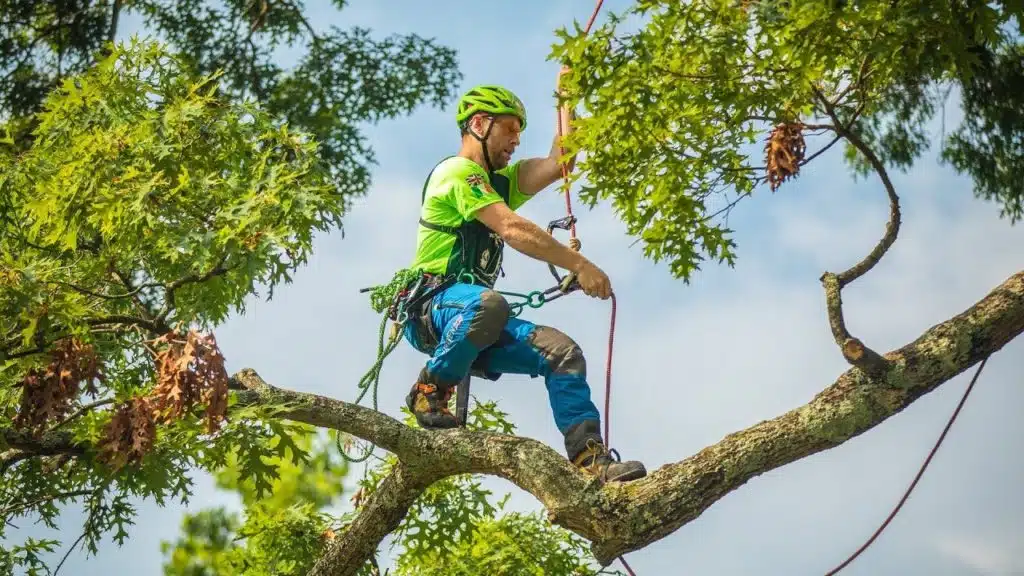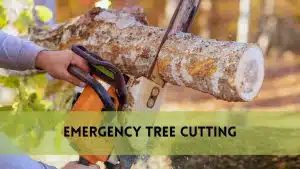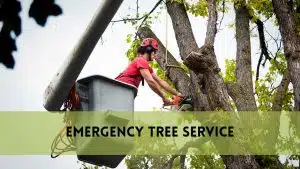Bonsai trees are not just ordinary plants; they’re living works of art. They require attentive care, and one of the most crucial aspects of that care is trimming. Properly trimming a bonsai tree isn’t just about maintaining its shape; it’s about nurturing its growth, enhancing its aesthetics, and ensuring its health. In this guide, we’ll providing step-by-step instructions, insights of how you can trim a bonsai tree.
Understanding Bonsai Growth Patterns
Before diving into the actual trimming techniques, it’s essential to understand the growth patterns of your bonsai tree. Different species exhibit varying growth habits, and knowing these nuances is key to successful trimming.
Bonsai trees, like their full-sized counterparts, grow in specific ways. The branches closest to the trunk tend to be stronger, while those on the outer edges receive less sunlight and nutrients, making them weaker. Additionally, understanding the apical dominance—the tendency of the topmost bud to grow faster than the lower ones—is crucial. This knowledge will guide your trimming decisions.
Choosing the Right Tools
Having the right tools is vital for a clean and effective trim. Some of the essential tools include:
1. Bonsai Shears: These specialized scissors are designed to make precise cuts without causing damage to the branches.
2. Concave Cutters: Used for removing larger branches, these cutters create a small concave wound that heals more naturally.
3. Wire: Often used in shaping bonsai, wire helps bend branches and guide growth.
4. Root Rakes:For maintaining healthy root systems.
How to Trim a Bonsai Tree?
Pruning is not just about removing excess growth; it’s about sculpting the bonsai into a work of art. Here are the steps for aesthetic pruning:
1. Identify the Sacrificial Branch: A sacrificial branch is a strong, fast-growing branch that you allow to grow unchecked. This sacrificial branch helps thicken the trunk and allows you to prune other branches without affecting the overall growth.
2. Removing Crossing Branches: Branches that cross each other can rub against the bark, leading to wounds and disease. Carefully remove these branches to ensure the tree’s health.
3. Eliminating Weak Growth: Trim off any weak, spindly growth. Focus on keeping the branches that contribute to the desired shape.
4. Creating Negative Space: Bonsai isn’t just about what’s there; it’s also about what isn’t. Create negative space within the foliage to highlight the tree’s structure and create a sense of balance.
Shaping Your Bonsai
Shaping is where the artistry of bonsai truly shines. It’s a meticulous process that requires a keen eye and patience. Here’s how to shape your bonsai:
1. Choose Your Style: Bonsai comes in various styles, such as formal upright, informal upright, cascade, and more. Choose the style that speaks to you and fits the tree’s natural growth.
2. Wire the Branches: If necessary, use wire to gently guide the branches into the desired positions. Be careful not to wrap the wire too tightly, as it can damage the bark.
3. Regular Pruning: As your bonsai grows, continue to prune and shape it to maintain the desired style. Keep in mind the growth patterns and principles of aesthetic pruning.
4. Maintain Balance: Step back frequently to assess the overall balance and harmony of your bonsai. Adjust as needed to achieve the desired look.
Ensuring Bonsai Health
Trimming isn’t just about aesthetics; it’s also crucial for the health of your bonsai. Proper trimming encourages new growth and prevents disease. Here’s how to ensure your bonsai stays healthy:
1. Sterilize Your Tools: Before and after each use, sterilize your tools to prevent the spread of disease.
2. Prune with Purpose: Every cut you make should have a purpose. Avoid unnecessary trimming that could weaken the tree.
3. Fertilize: Bonsai trees are potted plants and need regular feeding. Use a balanced, slow-release fertilizer to provide essential nutrients.
4. Monitor for Pests: Keep an eye out for pests that can damage your bonsai. If you notice any issues, address them promptly.
FAQs About Trimming Bonsai Trees
When is the best time to trim a bonsai tree?
The best time to trim a bonsai tree is during the tree’s dormant period, typically in late winter or early spring. This allows the tree to heal and recover quickly.
Can I use regular gardening shears for trimming my bonsai?
It’s recommended to use bonsai-specific tools, such as bonsai shears, for precise and gentle cuts. Regular gardening shears may cause more harm than good.
How often should I trim my bonsai?
The frequency of trimming depends on the growth rate of your bonsai and the desired shape. In general, a light trim every few weeks during the growing season should suffice.
Is wiring necessary for all bonsai trees?
Wiring is not always necessary, but it can be beneficial for shaping and guiding growth, especially in more advanced styling.
Can I trim my bonsai if it’s flowering?
It’s best to avoid heavy trimming while the tree is in full bloom, as it may stress the tree. Light maintenance trimming can still be done carefully.
My bonsai looks unbalanced after trimming. What should I do?
Give it time to grow and adjust. If needed, make minor adjustments during the next trim. Bonsai is a long-term project, and balance takes time to achieve.
Conclusion
Trimming a bonsai tree is an essential skill for any bonsai enthusiast. It’s a delicate dance between nurturing growth, shaping aesthetics, and maintaining health. By understanding the growth patterns, using the right tools, pruning with purpose, and shaping with care, you can create a beautiful and healthy bonsai that brings joy and tranquility to your life.




